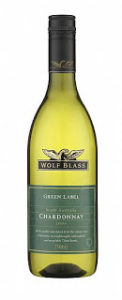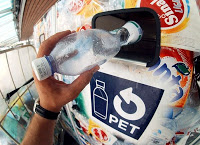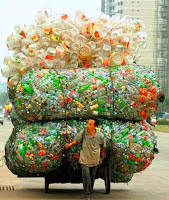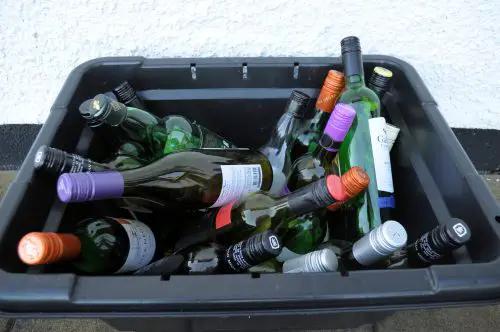A new study commissioned by plastic bottle maker Portavin has revealed that bottled wine  in recycled plastic is only good for wines that are drunk within a maximum of 12 months after bottling, with some wines starting to oxidize as early as 8 months.
in recycled plastic is only good for wines that are drunk within a maximum of 12 months after bottling, with some wines starting to oxidize as early as 8 months.
“Simply put air travels through plastic but not through glass,” Portavin’s Managing Director Ian Matthews told Reuters.
“PET is fine for wine you plan to use under 12 months, but not for wines that are designed to improve in the bottle. It’s highly unlike plastic will ever take over from glass because the PET format doesn’t suit every style of wine.”
 The study aimed to assess the shelf-life of wine in 187 ml PET, or polyethylene terephthalate, bottles which Matthews said were better for the environment and manufacturing costs.
The study aimed to assess the shelf-life of wine in 187 ml PET, or polyethylene terephthalate, bottles which Matthews said were better for the environment and manufacturing costs.
“The cost of recycling PET back into something you can use is a lot less than glass, it’s cheaper to freight around because it’s lighter and when you reprocess it, you don’t have to spend as much energy as you do with glass,” he explained.
Some research suggests that about 90% of wine purchased is consumed within 48 hours, a factor which prompted Australian wine maker Foster’s to go green and bottle two of its Wolf Blass brand wines in recyclable PET.
Boisset Family Estates sells tetra paks of its French Rabbit wine. All you need is a straw. The company also has released wines in aluminum and PET plastic bottles. For their efforts, Boisset was named 2008 “Innovator of the Year” by Wine Enthusiast magazine.
What about the shelf life of wines bottled in PET plastic? If they linger on the shelf their contents may be undrinkable by the time they are purchased.
PET plastic bottles are created from petroleum which is a non-renewable resource and plastic does not recycle well either.
Recycling rates for plastic bottles remain extremely low. According to the National Association for PET Container Resources (NAPCOR), recycling rates for PET plastic were about 25% in 2007.
It also takes PET 1000 years to biodegrade and incinerating used bottles produces toxic byproducts such as chlorine gas and ash containing heavy metals.
There are other disadvantages to PET bottles – plastic is absorbent.  The PET bottles used by Portavin in the study included an oxygen scavenger called Amfresh, which is designed to assist in limiting the amount of oxygen entering the bottle – however this doesn’t have a long shelf life.
The PET bottles used by Portavin in the study included an oxygen scavenger called Amfresh, which is designed to assist in limiting the amount of oxygen entering the bottle – however this doesn’t have a long shelf life.
PET bottles are not impervious to odours and oxygen, and these will slip through the pores of the bottles (which are too small for water molecules to escape) and could ruin your wine.
Scientists in Germany have found that PET plastics may also harbour hormone-disrupting chemicals that leach into the water.
It’s too soon to say whether drinking out of PET plastic bottles is harmful to human health, said lead researcher Martin Wagner, an ecotoxicologist at Goethe University in Frankfurt. But it now appears possible that some chemicals in these plastics have the potential to interfere with estrogen and other reproductive hormones.
All in all plastic may not be so fantastic.

